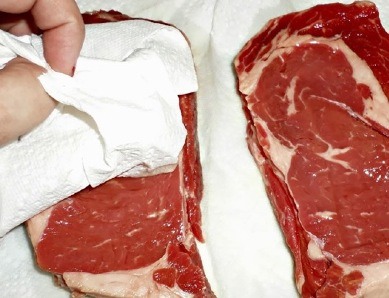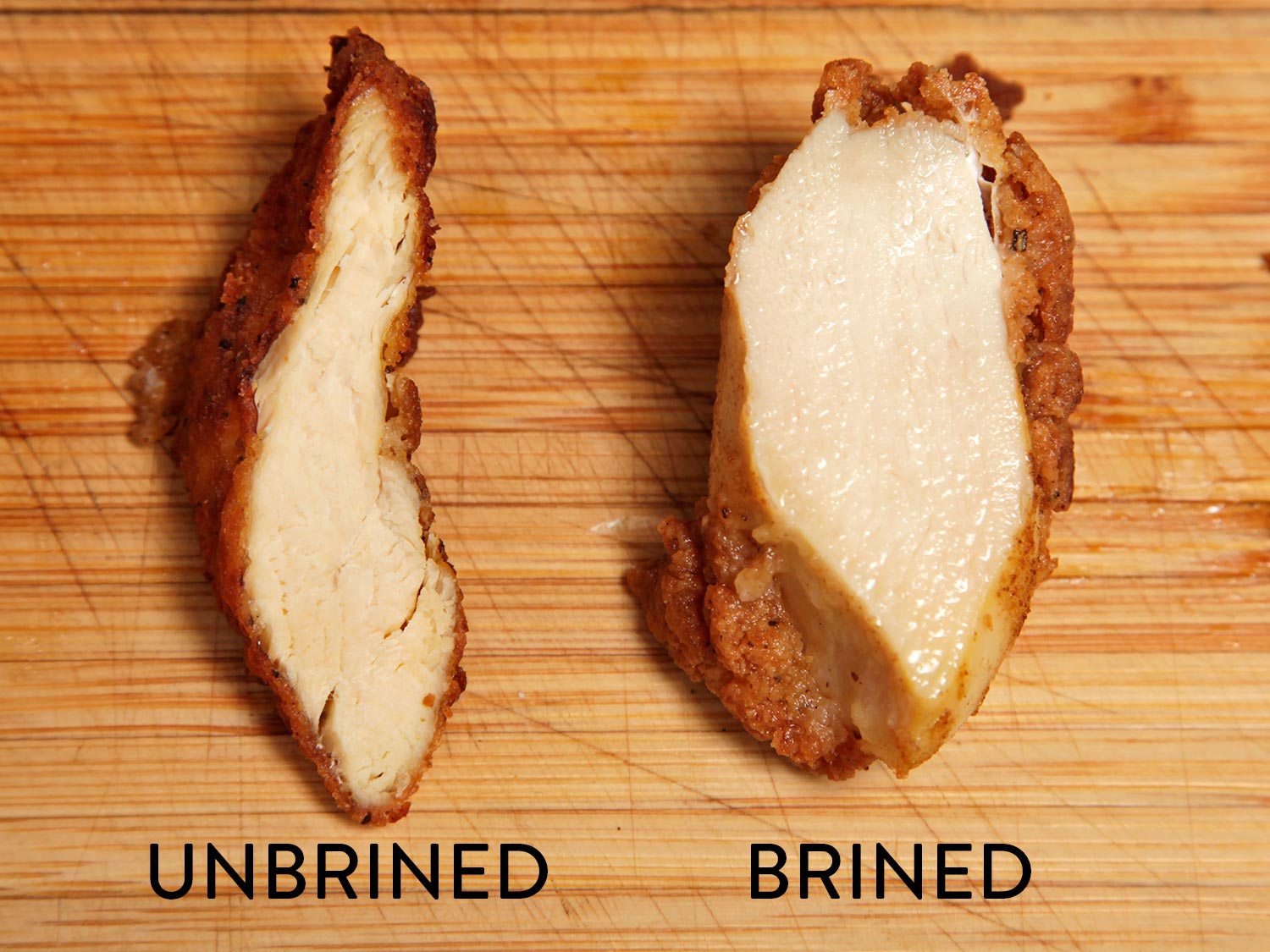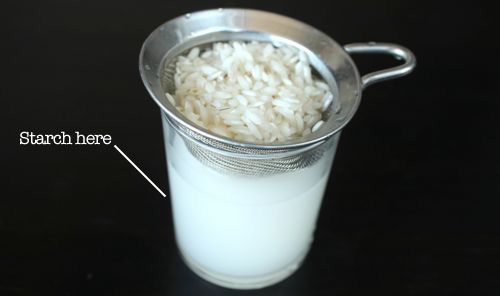Last week’s kitchen hacks were all about dairy; this week we’re moving on to the main dish.
Cooking salmon? Leave the white goo behind.
The totally harmless, but wholly unappetizing white gunk that seeps out of salmon filets as they cook is just coagulated protein, also known as albumin. Although there is no way to completely rid the fish of albumin, soaking the fish in a basic brine solution (about 1 tablespoon of salt per cup of water) for just 10 minutes significantly minimizes the amount that collects.

Add water to keep the bacon splatter at bay.
To reduce splatter and, more importantly, minimize the chance of burning your bacon, add just a touch of water. Once the bacon is in the pan, add just enough water to completely coat the bottom of the pan and cook over medium-high heat until the water has evaporated. Reduce the heat to medium and cook the bacon until crisp.

Don’t let your meat steam!
When you’re browning meat, you should blot the surface dry with a paper towel so the meat doesn’t release moisture when it hits the hot oil. Too much moisture makes the meat steam instead of sear, and you will lose that rich brown crust.

Speaking of meat, to up the flavor and tenderness, use a ‘brinerade’.
A brinerade is a combination of a brine and marinade. In other words, it’s just a marinade with added salt. The salt is key because it breaks down the meat’s proteins, allowing it to soak up extra water and more of the marinade’s flavor. For an added punch, also add soy sauce to your marinade, but not in place of the salt. Soy sauce will provide an umami flavor, but plays no role in holding moisture.

Really get the sauce to stick to pasta.
After you drain pasta, while it’s still hot, grate some fresh Parmesan on top before tossing it with your sauce. This way, the sauce has something to stick to.

Keep an ice-cube tray on hand to save leftover sauce.
For an easy weeknight meal, save and freeze leftover sauces from previous meals in ice cube trays. The cubes can be reheated in a sauté pan when you need a quick sauce.

Fluff up your rice with rinsing.
Soaking rice in water before cooking is said to speed up cooking and produce better results. However, in experiments conducted by America’s Test Kitchen, all types of rice that were pre-soaked came out overly tender and mushy.
Instead, try pre-rinsing your rice with several changes of rice. This removes the excess starch on the surface of the grains, which helps them cook up lighter and fluffier.

Next week we’re going from entrées to desserts, so don’t miss out on the sweet tips!
For more tips, click here.